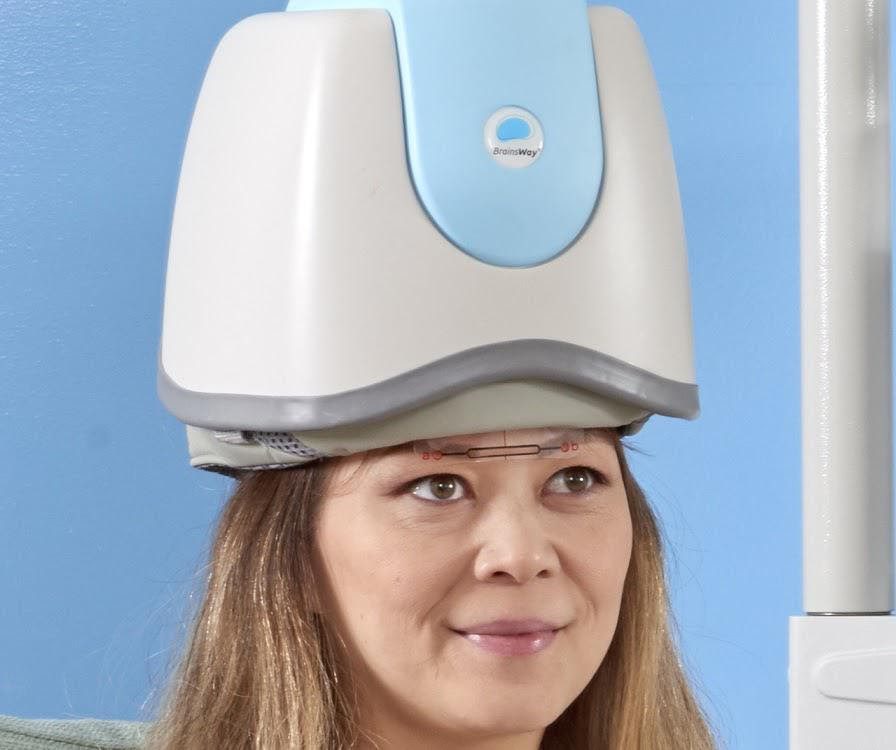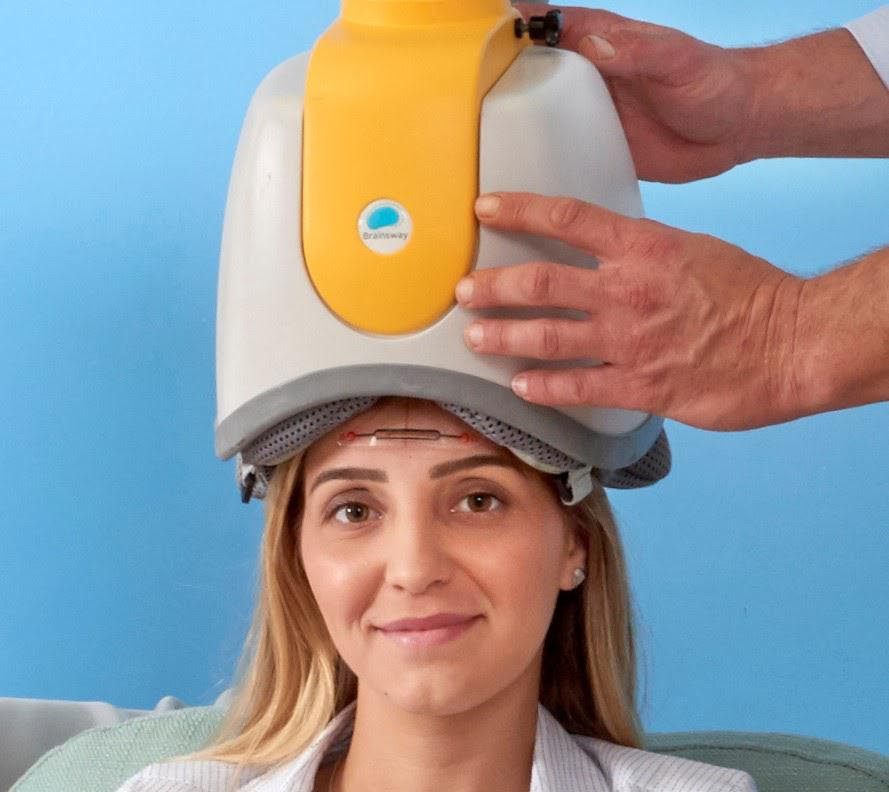Today’s world offers us a multitude of options when it comes to how we look after ourselves, and in this regard, mental health is no different from other forms of care. We can try out a number of therapies, and enlist the help of different mental health professionals, as we journey down the road to greater mental health. On the other hand, an abundance of possibilities can leave us feeling overwhelmed, and wishing for a few guiding principles to help sort out which treatment is likely to be best for us.
Finding the right treatment course is a process in and of itself, and it can take some time before you figure out what works well for you. For this reason, understanding the differences between some of the most effective and popular treatments on the market can be very beneficial as you consider which route to try out.
One note before we get into all the information: though educating yourself is very important when weighing your different option for treatment, it is just as essential to consult with a licensed mental health professional, to further illuminate the various possibilities and possible side effects that may arise as a result of a particular treatment course. Specifically regarding medication, questions of dosage, periods of adjustment, alertness to potential side effects, and reactions to combining several different therapies should be discussed with a trained and experienced expert.
Taking a moment to comprehend how professionals and society in general look at depression can help organize your thoughts on the matter, and in some cases clarify whether you might be experiencing depression in the first place.
Depression, or rather major depressive disorder (shortened to MDD), is defined by the American Psychiatric Association as a mood disorder marked by a substantial decrease in the individual’s quality of life, in a number of fields. It is comprised of feelings of sadness, hopelessness, emptiness and anhedonia (in inability to feel pleasure). Additionally, it includes thoughts and actions to further harm their daily functioning. Experienced together, the different characteristics of depression can severely hinder an individual’s well-being.
It is worth noting that prior to the current and clinical definition of major depressive disorder, our concept of depression, as an adverse and prolonged mental and emotional state, has existed and been redefined throughout human history. You can read more about the stages our perception of depression has gone through here.
From a statistical standpoint, depression has been shown to affect approximately one in 15 adults, which amount to 6.7% of the population. One in six people, or 16.6%, will reportedly experience a depressive episode during some point in their lives.
A number of treatment options have been shown to effectively offer symptomatic relief for those battling depression. They can be divided into three groups: non-invasive medical treatments, talk therapy, and psychopharmacology.
TMS: Transcranial Magnetic Stimulation has been available to the general public since 2008 for patients with depression. The procedure sends out a set of electromagnetic pulses from a figure-8-shaped handheld device. These pulses are used to regulate the neural activity of brain structures that have been shown to be related to depression.
 Despite offering some symptom relief, this original, traditional form of TMS does hold some limitations: first, the figure 8-coil’s somewhat narrow scope means only a few brain structures can be reached during an individual electromagnetic pulse. For this reason, traditional TMS can sometimes suffer from targeting issues, with the procedure missing the relevant brain structures. Another potential issue with traditional TMS is its difficulty in directly reaching deeper structures of the brain, which can also decrease its efficacy.
Despite offering some symptom relief, this original, traditional form of TMS does hold some limitations: first, the figure 8-coil’s somewhat narrow scope means only a few brain structures can be reached during an individual electromagnetic pulse. For this reason, traditional TMS can sometimes suffer from targeting issues, with the procedure missing the relevant brain structures. Another potential issue with traditional TMS is its difficulty in directly reaching deeper structures of the brain, which can also decrease its efficacy.
Deep TMS: Deep Transcranial Magnetic Stimulation (or Deep TMS™) is a safe, non-invasive treatment that utilizes a magnetic field to regulate neural activity in brain structures found to be associated with MDD. Unlike other forms of medical treatment, Deep TMS does not require anesthesia, and sessions can be incorporated into an individual’s daily routine. There are no significant adverse or persistent side effects associated with Deep TMS.
A growing number of empirical studies have found Deep TMS to effectively alleviate symptoms of depression. As a result of these studies, Deep TMS was granted FDA clearance status in 2013 for MDD treatment.
As a non-invasive form of therapy, Deep TMS can be undergone as a standalone treatment or in combination with medication. This was reaffirmed by 2019 study in the Journal of Psychiatric Research, which found Deep TMS to be a safe course of treatment, in addition to concluding that it resulted in significantly higher remission rates when combined with psychotherapy medication, compared to pharmacotherapy alone.
ECT: Electroconvulsive therapy activates brief electric pulses to stimulate the brain and induce slight seizures, in an effort to regulate the brain’s neural action. ECT is considered a very effective treatment, especially for treatment-resistant depression. However, it does include several disadvantages that often deter patients: namely, that it requires anesthesia, which prolongs the recovery period; the possibility of short-term memory loss, and its rather negative reputation, based mainly on public misinformation that depicts ECT as a personality-changing procedure.
Talk therapy, also known as psychotherapy, revolves around conversations held between the patient and a mental health professional, aimed at better understanding the patient’s inner world. This can include the way they view their own lives, central relationships and themes, their thought process, emotional world and personal struggles. Psychotherapy has been shown to help alleviate symptoms of depression, though it holds within it a diverse array of theories and treatment methods. Additionally, when considering psychotherapy, one should take into account the personal connection they feel with the specific therapist they meet, their availability, and the session costs.
 Each form of psychotherapy uses its own tools and theories in an attempt to unpack what may be fueling the patient’s depression: two of the more commonly used forms in treating depression include psychodynamics and cognitive-behavioral therapy (CBT).
Each form of psychotherapy uses its own tools and theories in an attempt to unpack what may be fueling the patient’s depression: two of the more commonly used forms in treating depression include psychodynamics and cognitive-behavioral therapy (CBT).
Psychodynamics: Psychodynamic therapy takes a look at how one’s past and present, relationship with themselves and with formative figures in their lives, sense of agency and other significant mental factors could have contributed to their current battle with depression. Through an at times slow and gradual process, the patient and therapist walk through central experiences that tie in to their present-day struggles. Psychodynamics is filled with many theories and even movements: some have attempted to fulfill certain basic needs that have previously gone untouched; others have merely wished to help their patient develop a deeper understanding of their lives, and allow the patient to decide what to do with it. All attempt to walk with their patient toward a greater comprehension of their own lives, which holds within it the potential to benefit from their newfound knowledge.
CBT: Cognitive-behavioral therapy examines the different realms in the patient’s experience by dividing them into thoughts, feelings, behavior, and physical reactions. Each of these groups of symptoms is believed to affect the others, and in turn be affected by them. By gradually tracing how they interact with one another, and the events that might have led to the patient’s current state, they can start considering more beneficial alternatives, through which they can respond to the forces within their lives.
There are several different classes of medication typically prescribed for depression. On the whole, psychopharmacology is found to be an effective line of treatment, though they can cause possible side effects thereby requiring a period of adjustment before their efficacy can be assessed. They work by influencing the secretion of neurotransmitters in the brain, which transport information between nerve cells. The three most common classes of antidepressant medication are selective serotonin reuptake inhibitors (SSRIs), serotonin and norepinephrine reuptake inhibitors (SNRIs), and tricyclic antidepressants (TCAs).